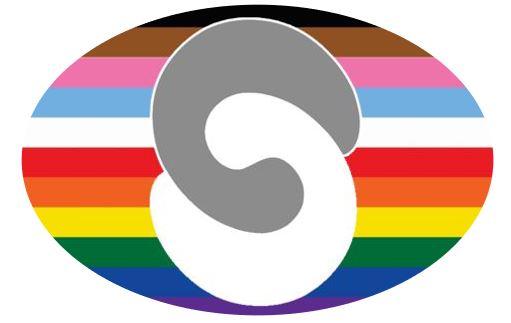It happened enough times that I came to expect it. I would attend a cuddle event and get very blissed out. Then at some point the next day, I’d feel sad. When this happened to me, it sucked, but I didn’t question it. As Cuddle Sanctuary has grown and the number of people who have come through our doors extends into the hundreds, I’ve noticed a pattern. Others experience it, too.
Cuddlers and Lactating Moms Have Stuff in Common
I found an article on a site for lactating mothers called KellyMom. It explained that, “It’s not unusual to feel tearful, sad or mildly depressed after weaning.” This is significant because the hormone released when people cuddle is one of the same ones that’s boosted when people breastfeed: Oxytocin.
Oxytocin is a hormone found in mammals like us. It’s known to generate feelings of relaxation, peace and empathy. The KellyMom article says, “There is very little research on the subject, but it’s hypothesized that hormonal changes are a primary cause of mood changes during and after weaning.” For cuddlers this would mean that after your boost of oxytocin goes away, you may feel sad.
The Plot Thickens
I wouldn’t hear about “oxytocin drop” from every attendee. Just a few. Typically I would hear about it from newer attendees who had been touch deprived for a long time before they came to Cuddle Sanctuary. This gave me a sense that a person can be really low on oxytocin, get a big boost and then feel a crash of sorts. I haven’t heard anyone in the field speak of being “low on oxytocin.” In my own experience, I’ve come to rely on the fact that if I don’t get enough physical connection, I feel depressed. If I get enough, I feel okay, good or great. So is there some minimum amount that’s optimal in the body? Based on my own experience, I’ve begun to use the concept of my “tank” begin empty or full.
Another piece of the puzzle: I used to get the next-day sadness, but now I don’t. Others at Cuddle Sanctuary have also reported their post-cuddle sadness has diminished over time with regular attendance.
My Hypothesis
If your “touch tank” has been empty for an extended period of time, a boost of oxytocin will result in a drop that feels like sadness. I’ll call it Oxytocin Drop.
If you get boosts of oxytocin regularly, you won’t feel a noticeable drop because your tank is being maintained.
What Do You Think?
Does this sound credible to you? Have you had experiences that support or refute my hypothesis? I hope that if you’re feeling touch deprived that this issue doesn’t keep you from the health and wellness benefits of a boost in oxytocin. If the possibility of oxytocin drop concerns you, read on.
Oxytocin Drop: Solutions
If you experience oxytocin drop, consider it a signpost that you’re on the right track. Your body is craving more oxytocin. I suggest that you honor that. I coined the phrase Optimum Daily Oxytocin to get you thinking about how you might boost your oxytocin as an ongoing wellness practice.
You could:
- Attend another cuddle event. Become a regular.
- Hang out with a pet.
- Schedule a professional cuddling session.
- Ask a friend or loved one for a hug. Then ask another. Then ask another.
I wholeheartedly support you in your quest to keep your oxytocin levels happily high.


This makes a lot of sense. If I haven’t had physical contact with my current life partner for 24hours I get really sad. I also know that all I need is good long cuddle. It’s good to finally know why I feel that way.
Oxytocin drop is a real thing. First timers at cuddle events who have been touch starved for a long time often get very blissed out and experience a large oxytocin high. After one to three days, there can be a drop or a come down off the high. It is a very real physical effect. Once you create opportunities or relationships to feed yourself regularly, the oxytocin can stay fairly level and keep you feeling good most of the time.
Thanks for reading and commenting, Mary. I feel like we have the anecdotal evidence that will be proven scientifically by and by.
I’m feeling this right now. A general flatness a couple of days after an evening social event where there was a lot of hugging. I’m single btw, so probably a bit like what Mary S is describing.
I hope you can get some more hugs pronto!
I was looking for signs and studies in this area, I have been by my self and lacking physical contact. The first emotionally then psycally feeling conected to and touching with a guy that i liked, shortly after a crashed bad, I got frustrated I wanted to insist on meeting or on contrary, say fuck everything and just go have random sex. I then startet to think when is ther normal amount of time for oxitytocin to drop after contact, for now, this is what Ive found.
But Im glad to see, someone else had made some thougts about it.
I will start asking friends for more hugs 🙂
I’m so impressed that you’re doing this research. Thank you for your honesty and your comment. I hope you feel better very soon. I realize this can be really difficult.